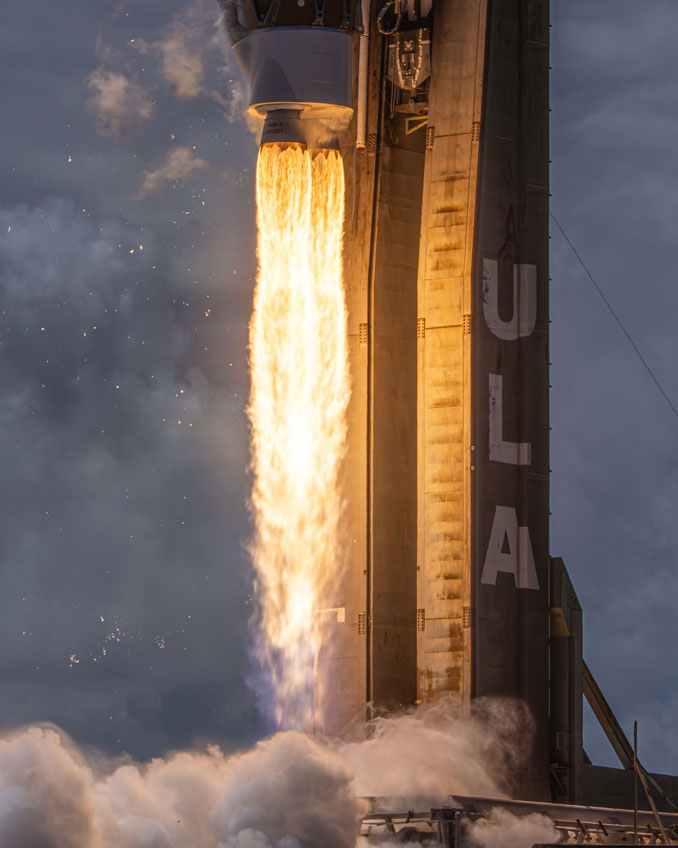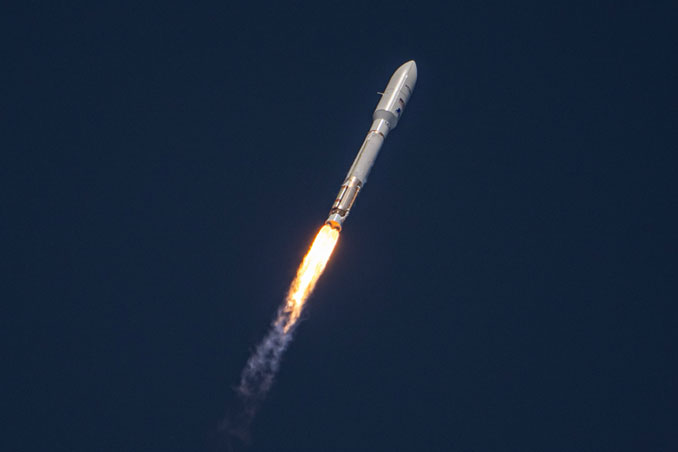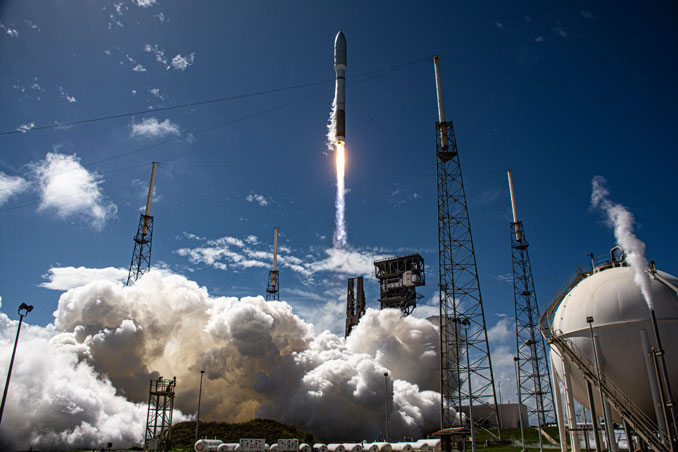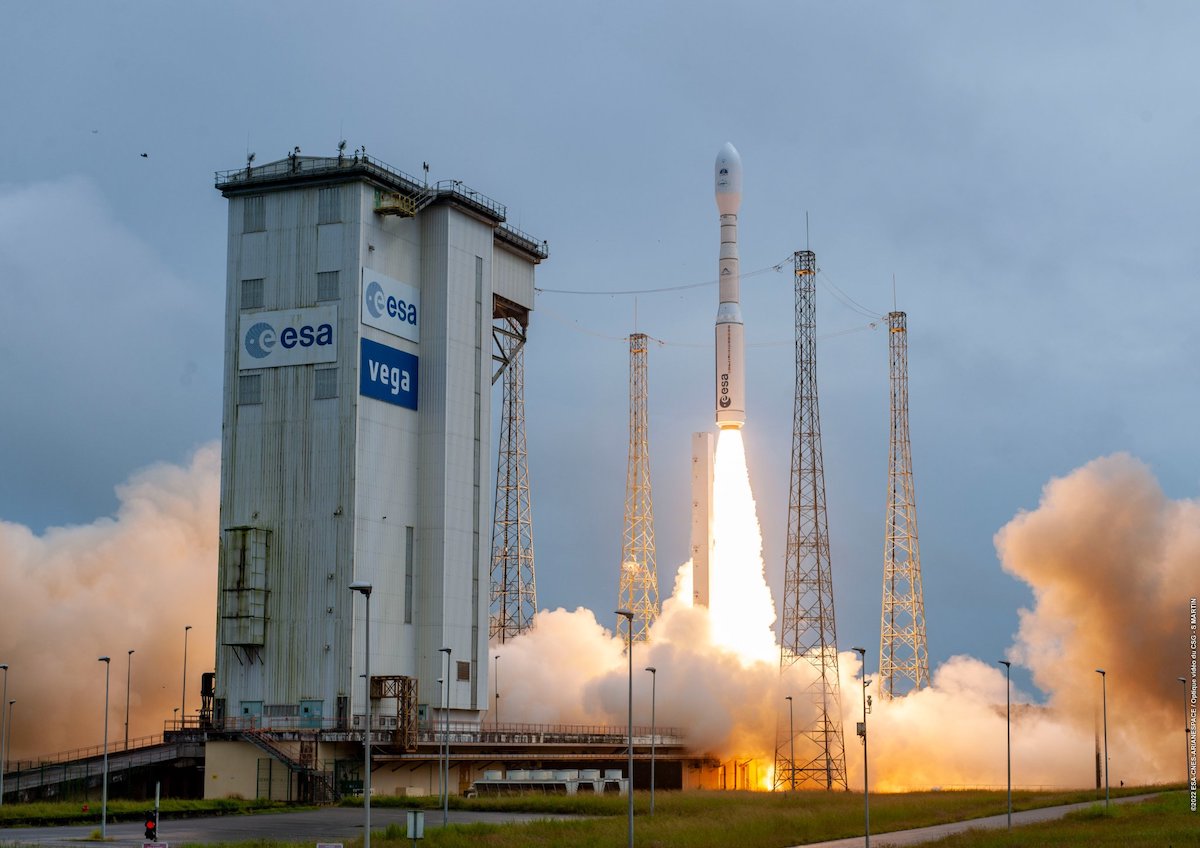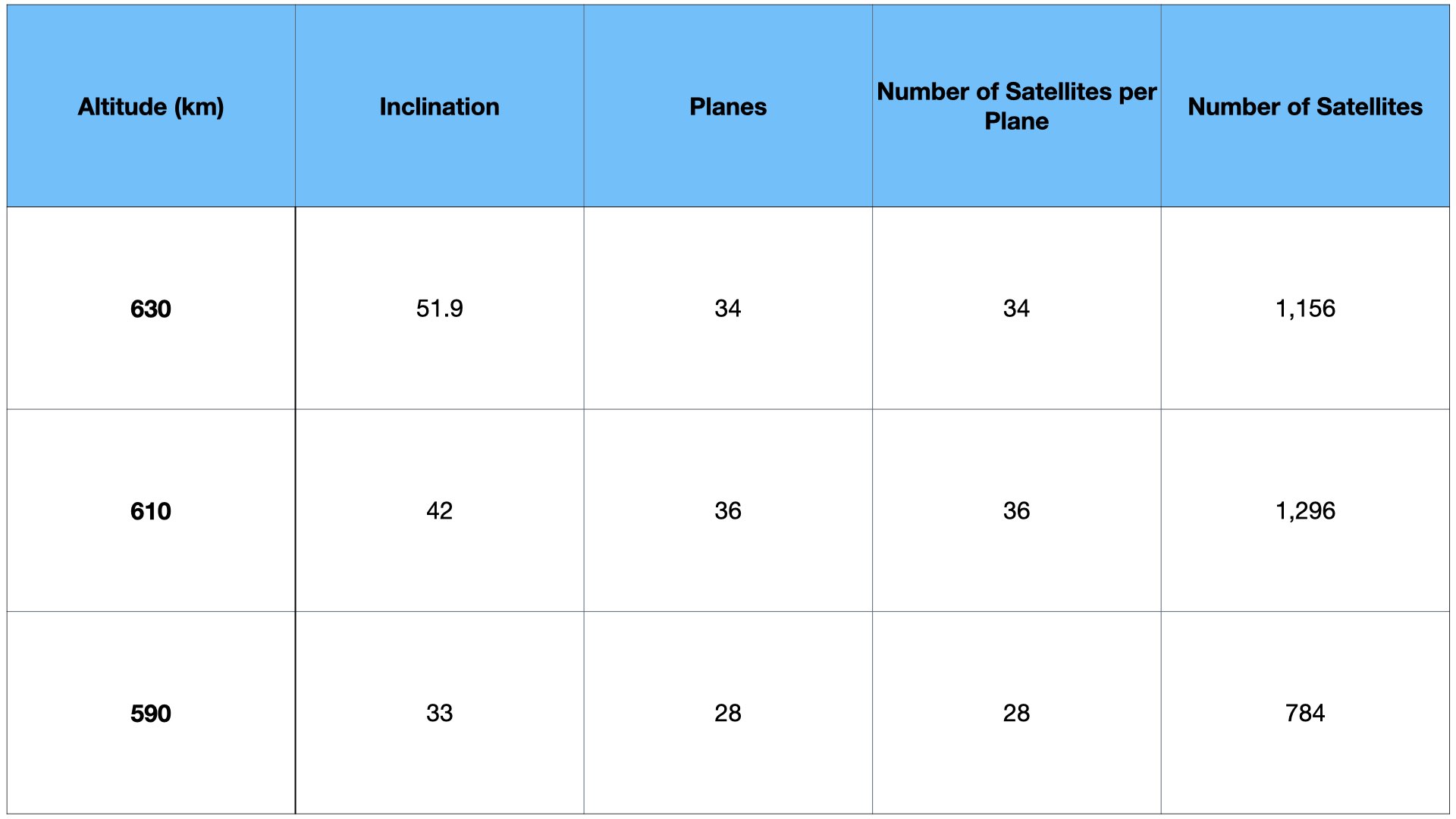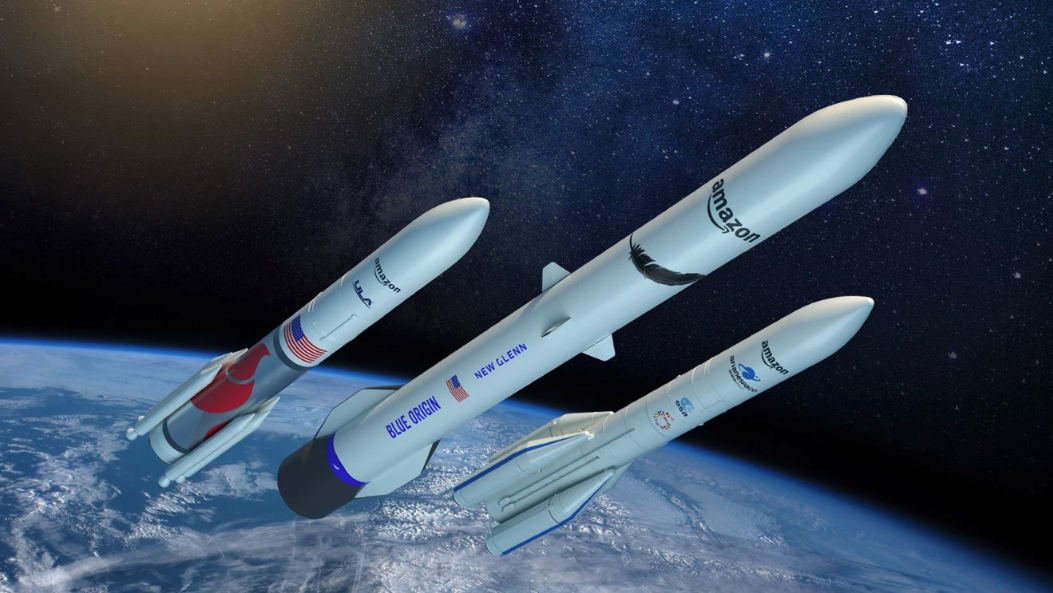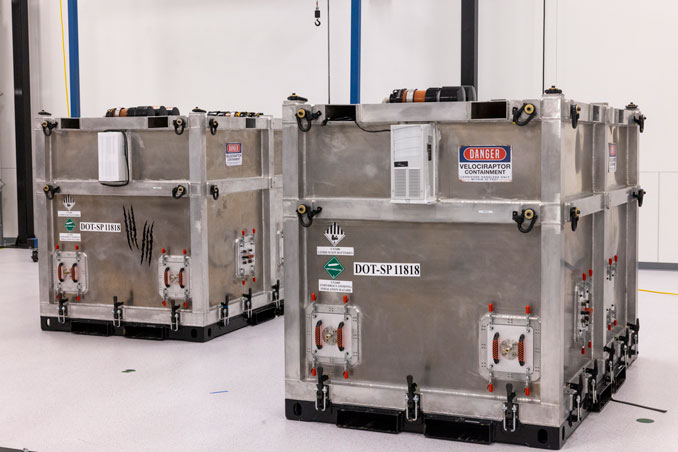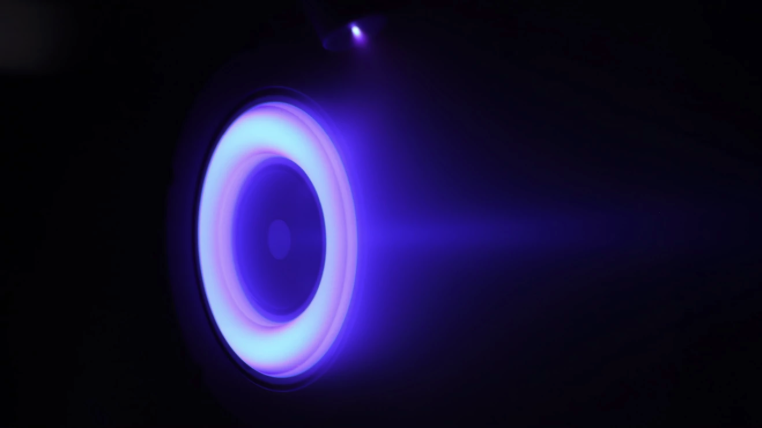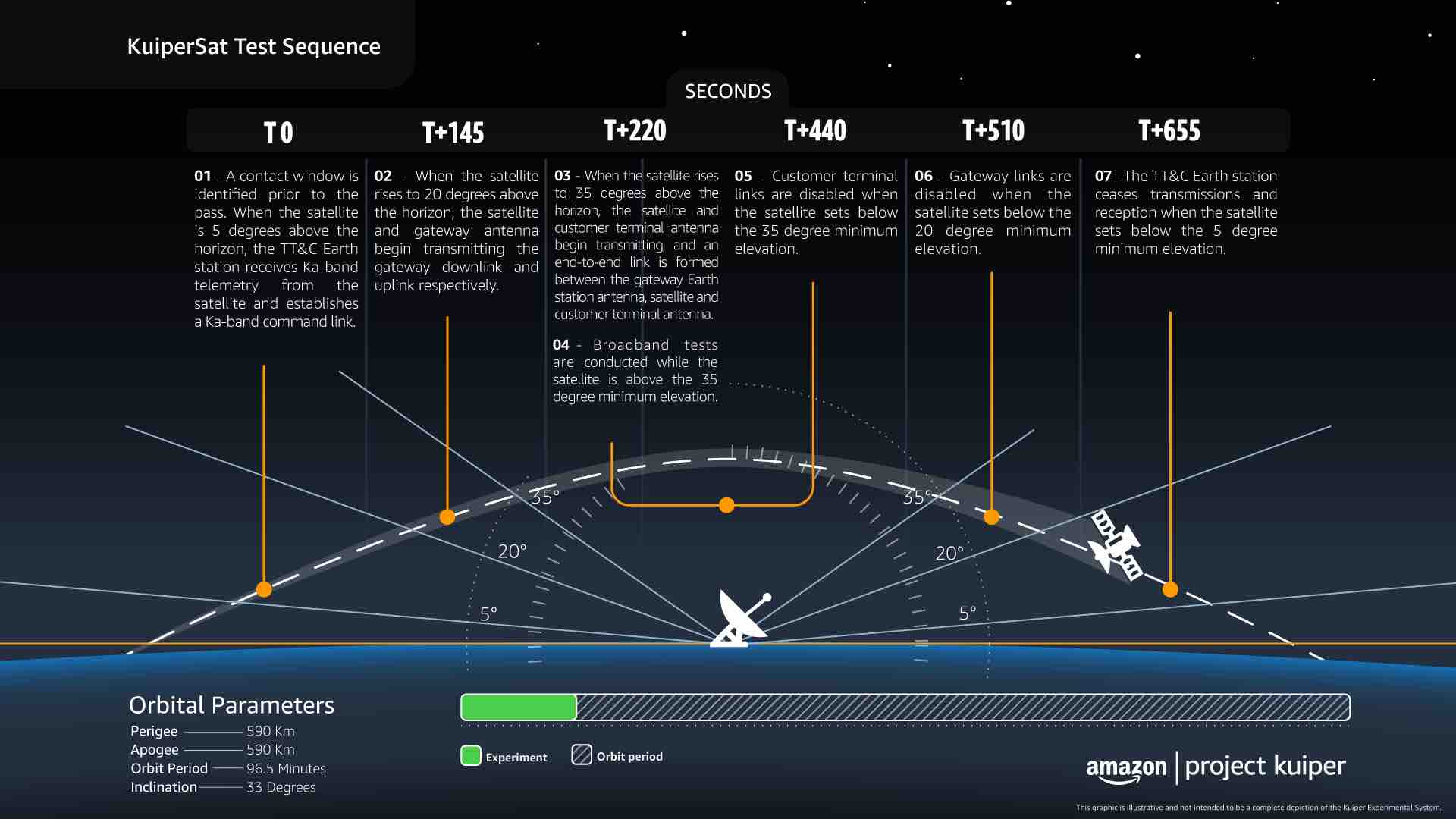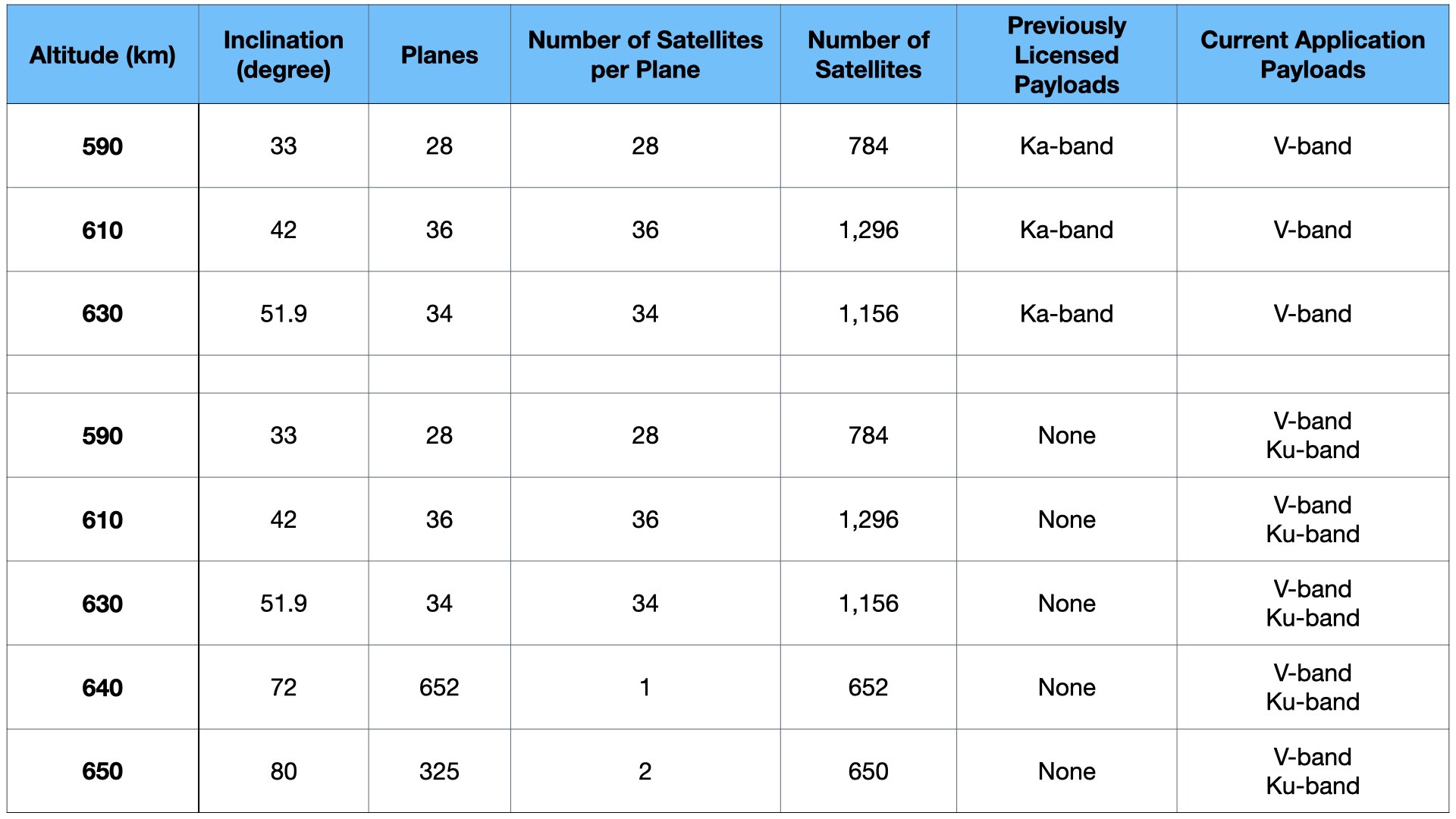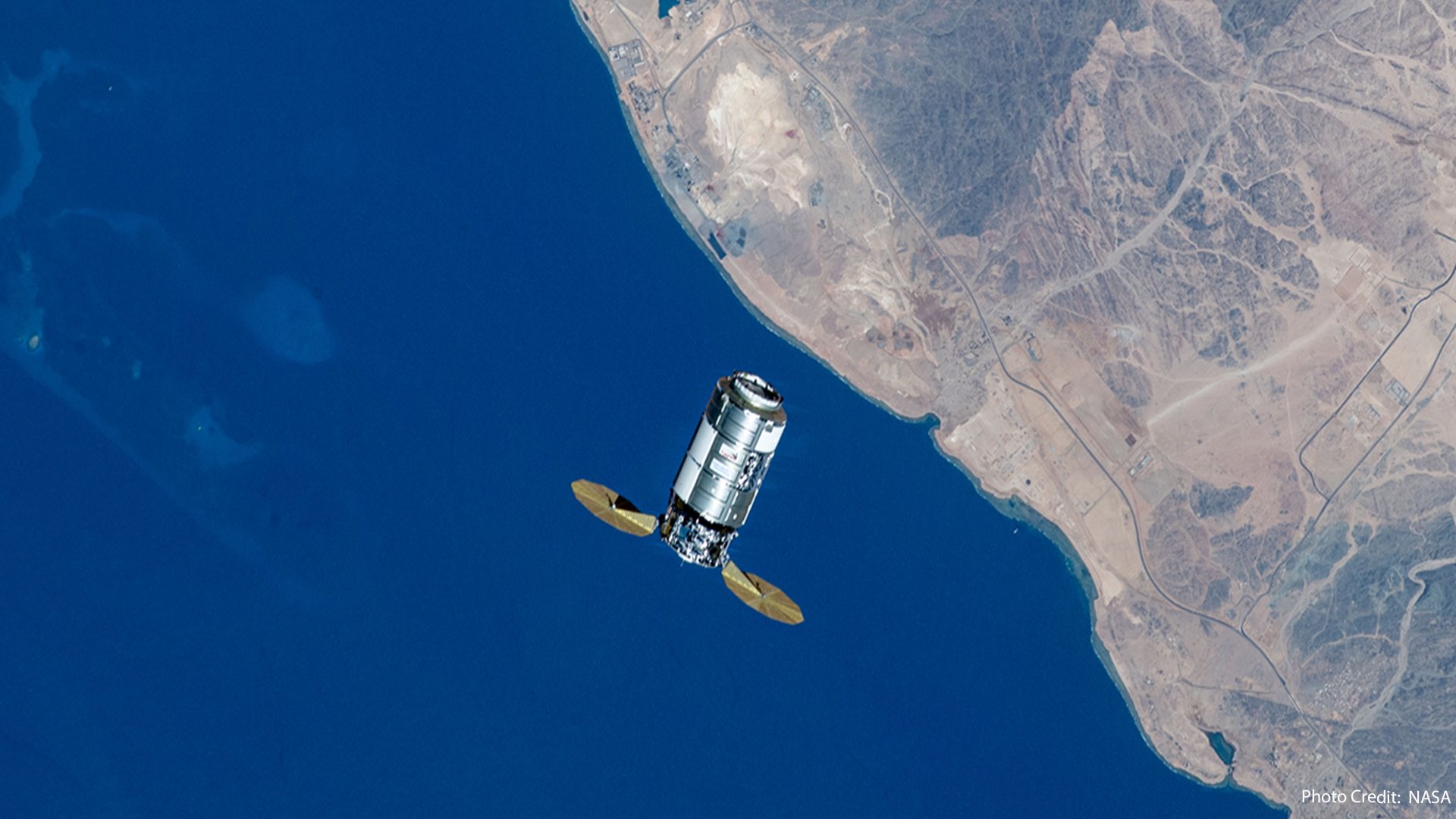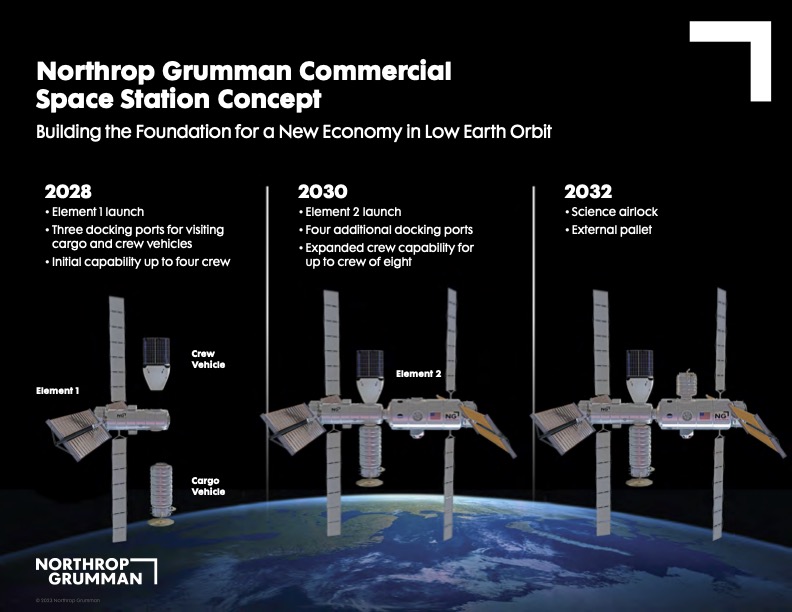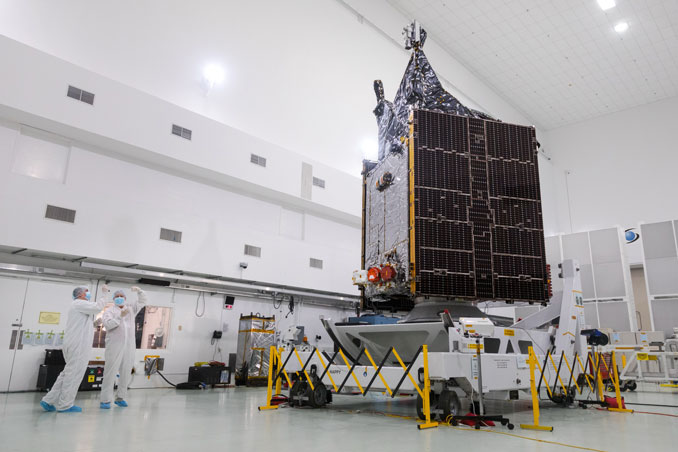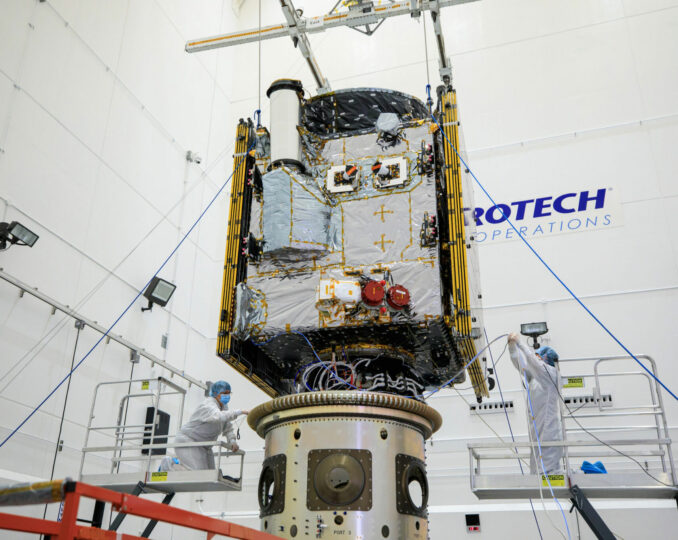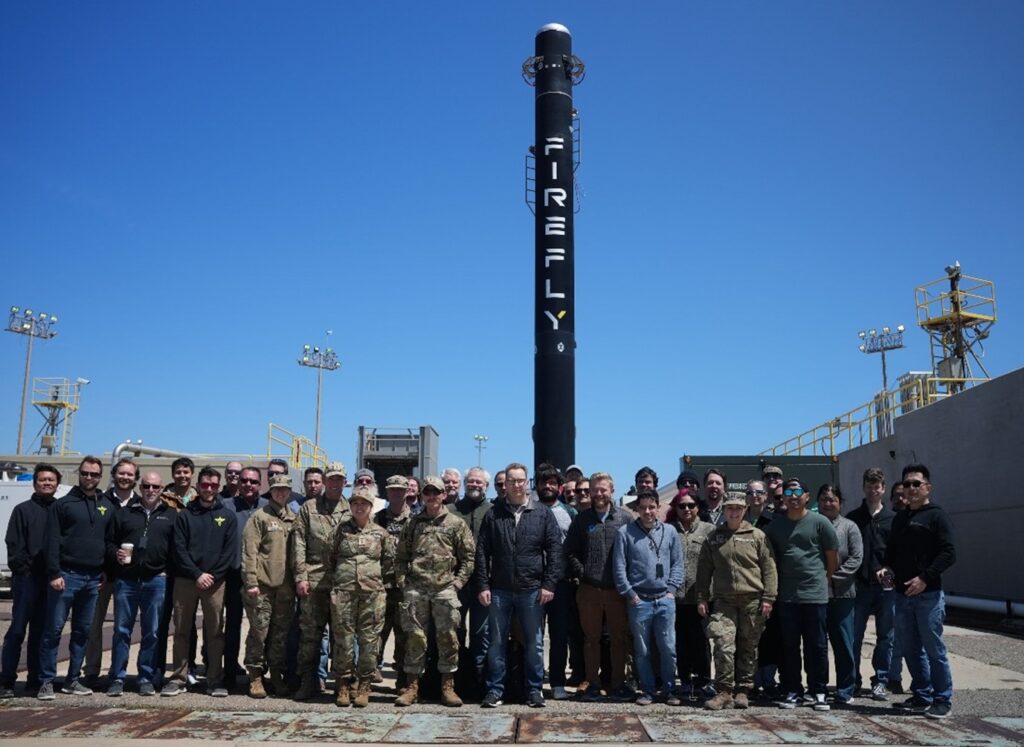SpaceX is kicking off the second week of October with a planned pair of back-to-back Falcon 9 launches, lifting off from both of its Space Force-based launch pads.
Up first is the Starlink 6-22 mission, which is targeting liftoff from Space Launch Complex 40 (SLC-40) at Cape Canaveral Space Force Station in Florida at 10:56 p.m. EDT (0256 UTC). It will loft 22 Starlink V2 Mini satellites up to low Earth orbit. The launch had been scheduled earlier in the evening but was delayed as pre-launch preparations had fallen behind schedule.
The Florida launch will be followed less than 4.5 hours later by the Starlink 7-4 mission, which aims to launch at 12:23 a.m. PDT (3:23 a.m. EDT, 0723 UTC) from Space Launch Complex 4 East (SLC-4E) at Vandenberg Space Force Base in California. Because of its trajectory, its payload consists of a slightly smaller load of 21 Starlink V2 Mini satellites.
Both mission will feature Falcon 9 rockets. The two first-stage boosters, B1067 at SLC-40 and B1063 at SLC-4E, will each be launching for the 14th time.
Both missions also have multiple backup opportunities within their respective launch windows. Starlink 6-22 has three reserve liftoff times, running from 10:58 p.m. to 12:35 a.m. EDT (0258-0435 UTC), and Starlink 7-4 has four additional launch times from 1:14-3:46 a.m. PDT (4:14-7:46 a.m. EDT, 0714-1146 UTC).

